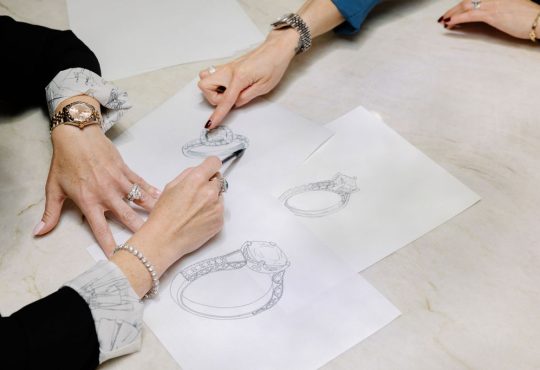
Dental bone grafting is a procedure that is used to regenerate or repair bone for a dental implant. In dental implant surgery, your dentist places an artificial tooth root into your jaw to hold the prosthetic tooth in place. However, not everyone’s bones are strong or healthy enough to support an implant. This is where bone grafting comes into play. Dental bone grafting provides a strong base to support dental implants. But there are several factors that you need to take care of properly. If not, it is possible to get a bone graft infection. So, what are the signs of a bone graft infection? Let’s take a look at them one by one.
Signs & Symptoms of dental implant failure
Implants failure can occur at an early or late stage. Below are the signs and symptoms of dental implant failure that you need to know:
- Severe pain
- Gum recession around the implant
- Difficulty in chewing
- Swollen gums
- Metal allergies
Precaution is the best prevention
Dental implants indeed have a 95 percent success rate. However, certain factors can result in dental implant failure. It is crucial to know the potential risk and signs to improve the success rate and treat any complications within time.
Related Posts:
- Digital Dentistry is Boon for Dentistry
- How do I Pick the Best Dentist In Texas?
- General Delineation on Sedation Dentistry
Can a Dental Bone Graft Get Infected?
Although it’s rare for your grafting material to get infected, it’s still possible for various reasons. The infection is most likely caused by bacteria. It can be either because of infected dental tools or grafting material. Moreover, not following proper care after the surgery can also cause infection. This is the reason why sterilizing the dental tools is essential to prevent infection.
Another cause of infection is your grafting material that may become infected. However, it is rare for your donated bone to get infected. The most common reason for experiencing pain, swelling, or infection is not taking proper care of your oral health following the surgery.
The possibility of having infection increases when patients do not follow their dentist’s instructions after the surgery. Your dentist may prescribe you antibiotics and antiseptic medications to prevent infection and boost the healing process. For this issue, we have listed down five common signs of bone graft infection. You should see your dentist at your earliest if you notice these symptoms after your dental bone grafting surgery.
1 Pain While Chewing
Experiencing mild pain after an invasive surgery is normal. However, this pain should be manageable with over-the-counter pain relievers. Furthermore, mild pain and discomfort should subside after 3 to 4 days following your surgery. If your pain increases –especially while chewing or talking— you should see your dentist as it is one of the bone graft infection symptoms.
2 Swelling and Fever
Like pain, swelling is also a natural response after an invasive procedure. However, it should subside after a few days of your dental bone grafting procedure. If you experience persistent swelling coupled with redness and fever, it is a bone graft infection symptom.
3 Bleeding or Pus
Naturally, white and red blood cells gather around the affected area and fight against the pathogens once you catch the bone graft infection. This may result in bleeding or leaking of pus in your mouth. If you experience persistent bleeding even after the first few days, you may be having an infection.
4 Constant Bad Breath And Bad Taste
As infections are caused by bacteria and debris. They reside in your gums and spread in your mouth. This often results in having a bad taste and constant bad breath. Talk to your dentist when you experience persistent bad breath and a bad taste in your mouth, as this is one of the signs of bone graft and dental implant infection.
5 Unstable Implant
Dental implants are fixed in your jawbone and should remain stable for a lifetime. Having an unstable implant is also a sign of dental complications. If you notice a loosening of your implant or notice little bone bits falling out, you should see your dentist. They will not only fix your implant but may also examine your oral condition.
How to Manage Your Bone Grafting Surgery
Following your bone grafting procedure, your dentist may prescribe you antibiotics or antiseptics to prevent oral infection. To manage mild pain, your dentist will also suggest pain-relievers. Make sure you take prescribed medicines as directed. Suppose you experience any side effects –such as rashes, redness, or irritation— from the drugs. In that case, you should immediately stop taking them and consult your dentist.
Final words
Though your bone grafting surgery may fail, the success rate for this surgery is too high. Patients with existing medical conditions and poor oral hygiene practice have a higher risk of bone grafting failure than other patients. However, the good news is your dentist can remove and replace the failed bone graft and perform a second one once you are fully healed.




